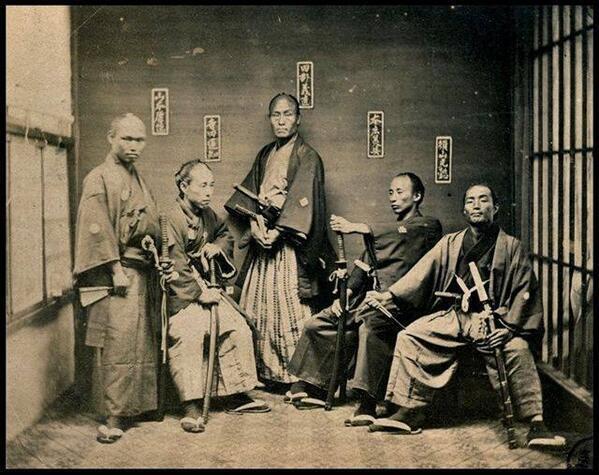Something that gets lost in most national conflicts is that every story has two sides. In the United States and much of the European world only one side of the Israeli-Palestinian conflict is presented. We’re expected to believe that Israel is the benevolent angel who spread all good things throughout the Middle East while Palestine is the satanic demon who spreads plague and destruction. Whenever the two nations get into a pissing competition everybody blames Palestine or Hamas and never even acknowledges that possibility that Israel plays a great part in the hostilities.
I’m not going to spend a great deal of time discussing the conflict, instead I’m going to present Wikipedia articles that cover the history of Israel and Palestine. Why Wikipedia? I know people like to dismiss anything on Wikipedia as horribly inaccurate but it’s generally a decent source of information for topics that aren’t horribly controversial. While the conflict itself is controversial the history of what has occurred generally isn’t. Furthermore Wikipedia free and generally cited making it more useful to link to than books. It’s almost guaranteed that somebody will dismiss everything I’m about to link to as being inaccurate because it doesn’t fit their view of reality. If that’s what you want to do so be it, I’m posting this information primarily for the sake of those looking to do some reading on the precursors to recent events.
Events occurring today were really put into motion after World War I. In the aftermath of World War I the region we now know as Palestine was put under control of the British who had defeated the Ottoman. From the beginning things didn’t go well as the Arab and Jewish populations of Palestine didn’t like each other. The animosity between both peoples eventually lead to the United Nations (UN) looking at splitting Palestine into two states.
The UN Partition Plan wasn’t well received by Palestine’s Arab population. Even though the major of Palestinians were Arab the UN Partition Plan would grant the Jewish state 56 percent of the land, including two thirds of the coastline and sole access to the Red Sea. Granting the smaller Jewish population the majority of Palestine was justified by claiming that extra territory would be necessary for the immigrating Jewish population. As one can expect the Arab population didn’t like this plan and opposed it, claiming that the plan was not in the best interest of the majority of Palestinians (who were Arab).
Ignoring the Arab’s opposition the UN voted in favor of the Partition Plan, after some underhanded tactics were used to guarantee votes. This sparked the Arab-Israeli War. Internal conflict between the various involved Arab nations eventually lead Israeli to victory and they claimed ownership over the areas delineated by the UN Partition Plan.
Fast forward to 1967 when the Six Day War broke out. The Six Day War was a conflict between Israel and a coalition consisting of Jordan, Syria, and the United Arab Republic (what is now called Egypt). By the end of the war Israel seized the West Bank, Jerusalem, the Sinai Peninsula, and the Gaza Strip. Israel implemented an Iron Fist strategy where it ruthlessly suppressed Palestinian nationalism. Needless to say a Palestinian uprising was inevitable and it happened 1987 as the First Intifada in Palestine began.
The First Intifada was a campaign consisting primarily of nonviolent actions including civil disobedience, general strikes, and boycotts of Israeli products with some violence thrown in for good measure (you can’t have a peaceful revolution without some asshole throwing a Molotov cocktail). Israel responded to the First Intifada by killing over 1,000 Palestinians and arresting 120,000 more. Intra-Palestinian violence claimed the lives of some 1,100 Palestinians so they still managed to kill more of their own people than Israel did.
Relations between the Palestinians and Israelis didn’t improve. A Second Intifada began in 2000. Unlike the First Intifada, which relied heavily on nonviolent actions, the Second Intifada was marked with violence conflicts between the the Palestinians and Israelis. During this conflict the Israelis implemented a strategy of destroying homes of Palestinians. When a member of a family performed a violent attack against Israeli forces the Israelis would demolish the entire family’s home. Most people would state that this action is prohibited by the Fourth Geneva Convention but Israel says it’s perfectly legal because Palestine isn’t a recognized state (apparently the Israelis believe only recognized states are protected by the Geneva Conventions). Regardless you can see how the strategy of destroying homes could create some hard feelings with Palestinians.
In 2006 Hamas won the Palestinian legislative election and Israel responded by blockading the Gaza Strip. This brings us to the current conflict between Israel and Hamas. The blockade is seldom discussed in the news and when it is there are very few details given. Israel’s blockage of the Gaza Strip includes restrictions on travel and severe restrictions on what goods can enter the region. Foodstuffs, tin cans, crayons, musical instruments, and all manners of construction materials are on the blacklist. It’s not hard to see how resentment could develop under such sanctions. When you can’t even get basic construction materials such as concrete into your region things are not going to go well, especially when homes are being bulldozed. Israel also maintains a naval blockade that restricts both importing goods and fishing (fishing is only allowed 3 nautical miles from shore).
To understand the Israeli-Palestinian conflict of today one must look to the history of the conflicted region. What I’ve provided here is a bare minimum thumbnail overview of what has lead to the current conflict. My goal was to give you launching points to start your research. Whether you want to see the Israeli-Palestinian conflict as a black and white issue or as shades of gray is your business. I just feel the vast simplification that is generally presented by modern news outlets is a disservice and needs to be corrected.
